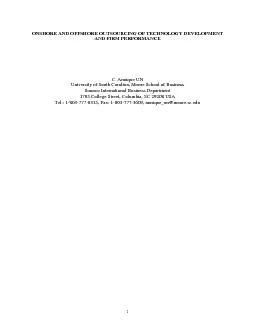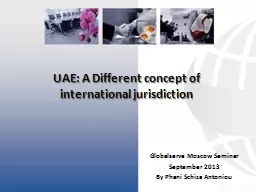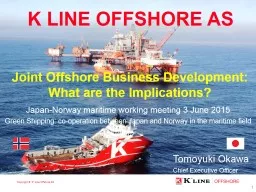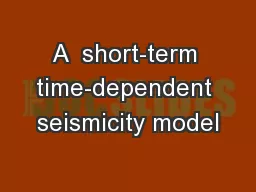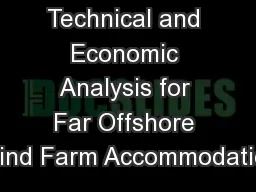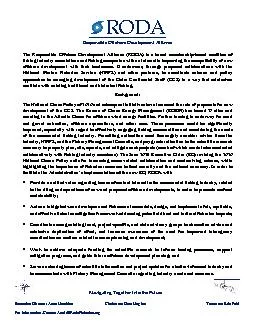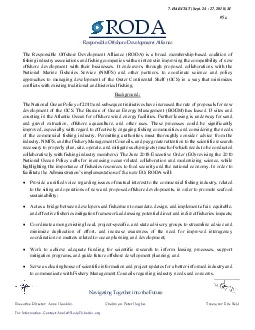PDF-ONSHORE AND OFFSHORE
Author : debby-jeon | Published Date : 2017-02-27
1 OUTSOURCING OF TECHNOLOGY DEVELO PMENT AND FIRM PERFORMANCE C Annique UN University of South Carolina Moore School of Business Sonoco International Business Department 1705
Presentation Embed Code
Download Presentation
Download Presentation The PPT/PDF document "ONSHORE AND OFFSHORE" is the property of its rightful owner. Permission is granted to download and print the materials on this website for personal, non-commercial use only, and to display it on your personal computer provided you do not modify the materials and that you retain all copyright notices contained in the materials. By downloading content from our website, you accept the terms of this agreement.
ONSHORE AND OFFSHORE: Transcript
Download Rules Of Document
"ONSHORE AND OFFSHORE"The content belongs to its owner. You may download and print it for personal use, without modification, and keep all copyright notices. By downloading, you agree to these terms.
Related Documents

